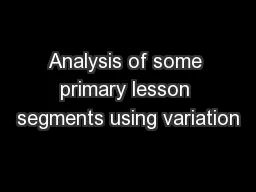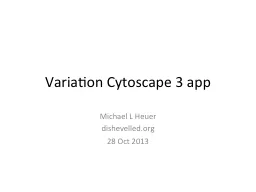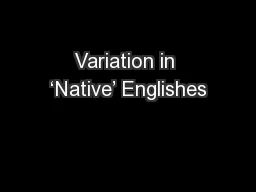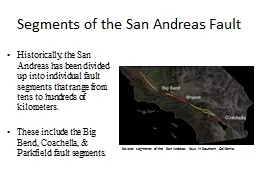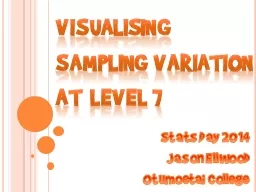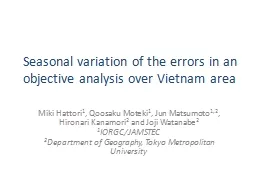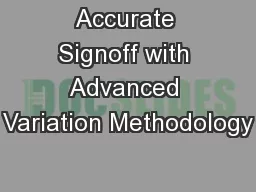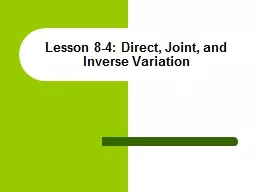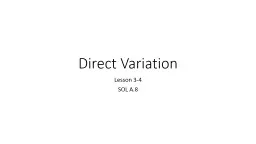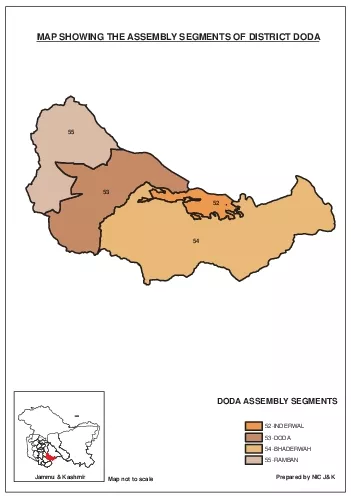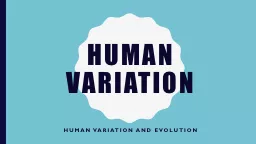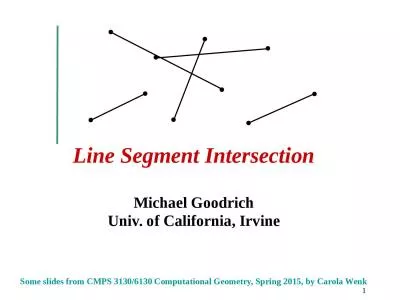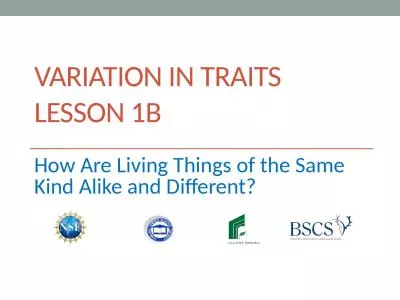PPT-Analysis of some primary lesson segments using variation
Author : kittie-lecroy | Published Date : 2017-12-15
Anne Watson University of Witswatersrand March 2017 Thanks to Thabit AlMurani Cecilia Kilhamn Debbie Morgan E xchange visits between English and Shanghai teachers
Presentation Embed Code
Download Presentation
Download Presentation The PPT/PDF document "Analysis of some primary lesson segments..." is the property of its rightful owner. Permission is granted to download and print the materials on this website for personal, non-commercial use only, and to display it on your personal computer provided you do not modify the materials and that you retain all copyright notices contained in the materials. By downloading content from our website, you accept the terms of this agreement.
Analysis of some primary lesson segments using variation: Transcript
Download Rules Of Document
"Analysis of some primary lesson segments using variation"The content belongs to its owner. You may download and print it for personal use, without modification, and keep all copyright notices. By downloading, you agree to these terms.
Related Documents

